Hunting
How Not to Die in the Woods
Hunting is one of the safest sports there is. Let’s keep it that way.
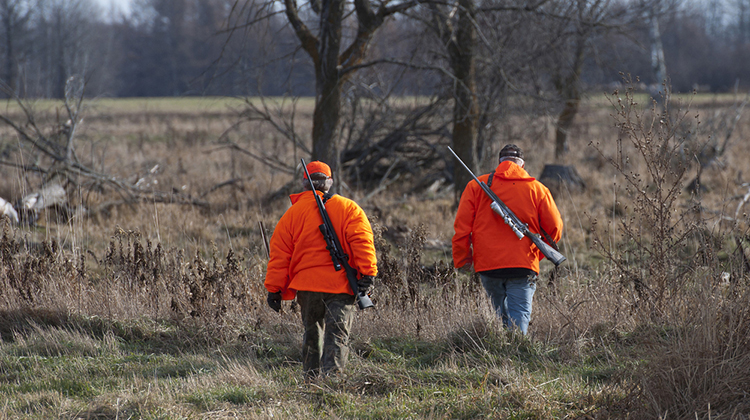
Each year, about 700 American hunters meet their end while in the field. That may sound like a lot, but when you consider that the U.S. averages approximately 15 million hunting licenses per year, you’ll understand why, statistically, hunting is safer than golf and bowling. That doesn’t mean you should blithely stroll out into the fields unprepared. Here’s how not to die in the woods.
The Wrong Tree
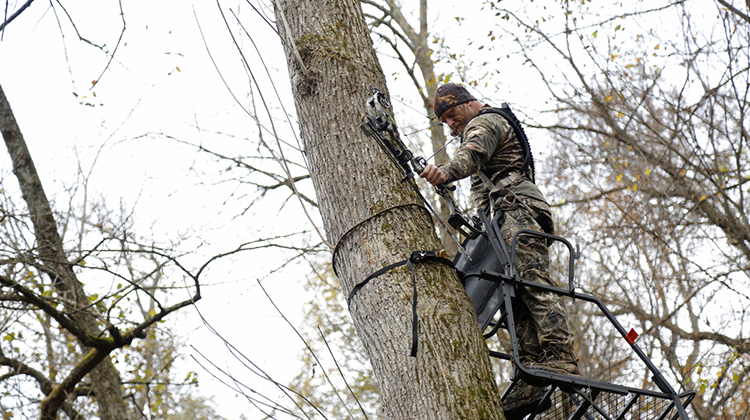
Make sure you practice tree stand safety.
Interestingly, most hunting fatalities aren’t gun-related—the most common cause of death is falls from treestands. If you hunt from a treestand, here are some things you should do before the season begins to cut your risk:
- Inspect your stand. Is it rust-free and in good working order?
- Inspect your harness. Are there any frayed bits? Put it on—does it fit, or does it require adjustment?
- Inspect your tree. Is it still alive and capable of supporting your weight?
- And finally: Once the season starts and you’re hunting in earnest, wear your harness at all times—no exceptions!
Wear Your Orange
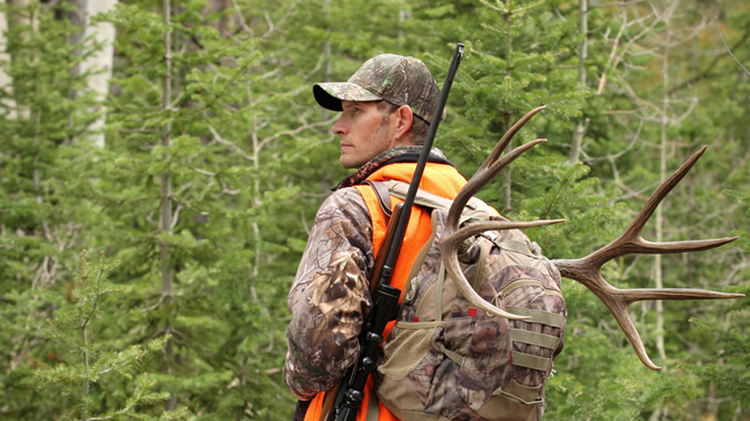
Wearing your orange is absolutely critical.
The next easy way to safeguard yourself is to wear blaze orange. The beauty of blaze is that it’s highly visible, even to colorblind people. When you wear it on your head, it helps highlight the unique bipedal motion of a human being walking, which reduces your chances of being mistaken for a deer to virtually nil. If your state’s hunting laws don’t mandate blaze orange, wear it anyway—at a minimum, on your way in and out of the woods.
Tell Someone Where You’re Going
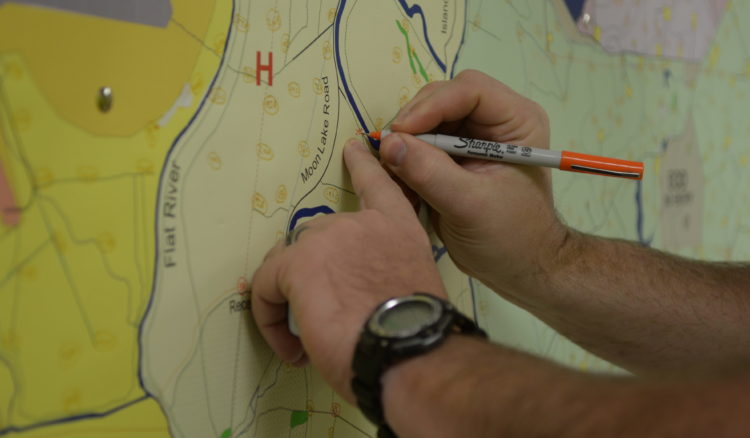
Make sure someone knows exactly where you’ll be. | (U.S. Air Force photo/Senior Airman Amanda Morris)
We can mitigate our risk in the outdoors, but we can’t eliminate it. Even the most seasoned outdoorsman can get caught flat-footed by weather, get lost or just trust the wrong treestump. Of course you should have your cell with you, but you should also make sure someone back home knows where you’re going, and when you expect to be back. That way, if something unexpected happens, they can alert the authorities to start looking for you right away.
Don’t be a Donut
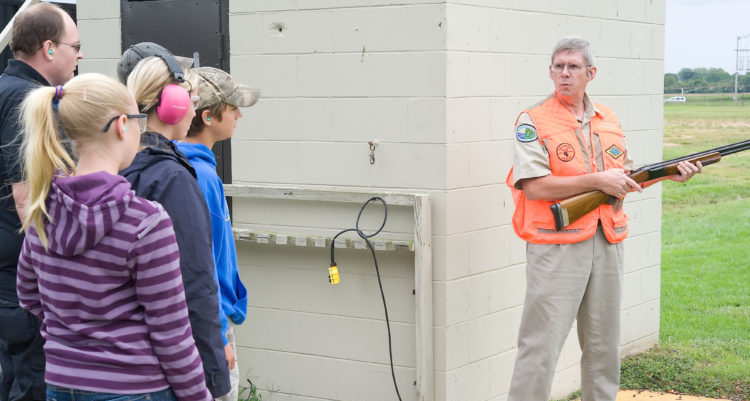
Never forget the lessons of gun safety instruction. | (U.S. Air Force photo/Steve Kotecki)
You’re out in the woods, no range officers in sight. So it’s cool if, just this one time, you don’t unload your rifle before you go over that rock wall, right? Or if you let the muzzle wander somewhere it shouldn’t? Well, we can’t stop you, but although there aren’t any hard statistics on this point, we’re pretty sure that nearly 100 percent of gun-related accidents happened right after someone broke a gun safety rule just this one time. Don’t be a donut. The rules of gun safety are even more important when you’re far from transportation and medical attention.
-

 Hunting2 months ago
Hunting2 months agoDrain the Swamp: Corruption Scandal at Washington State’s Fish & Wildlife
-

 Adventure3 weeks ago
Adventure3 weeks agoDoes the “Big Beautiful Bill” Have a Public-Lands Wart?
-
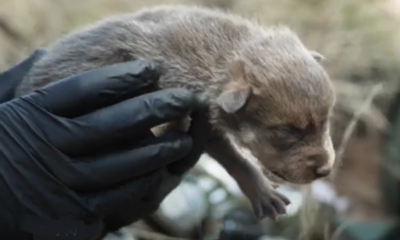
 Adventure1 month ago
Adventure1 month agoHowling in Cuckoo: How Mexican Wolves are Fostered
-

 Gear4 days ago
Gear4 days agoLet Freedom RING! Primary Arms’ Independence Day Category Sale Starts NOW
-

 Adventure2 months ago
Adventure2 months agoGoing Rodeo! BANISH Named the Professional Rodeo Cowboys’ Official Suppressor
-

 Adventure2 weeks ago
Adventure2 weeks agoU.S. Bighorn Sheep Going Home to Canada
-

 Adventure4 weeks ago
Adventure4 weeks agoYour Dream Hunt Could Be a Movie & Leupold Can Help
